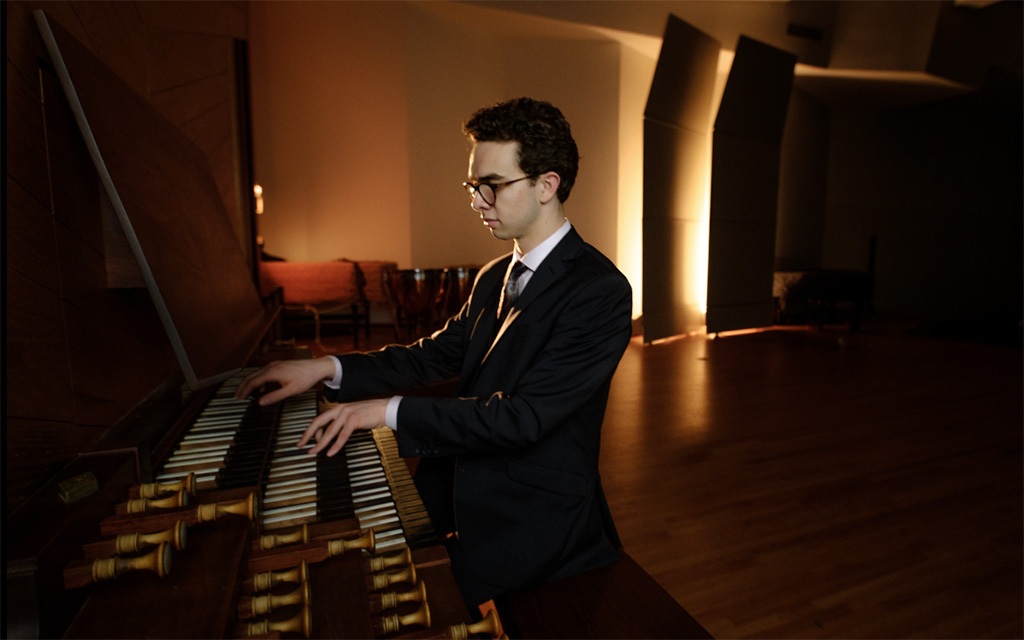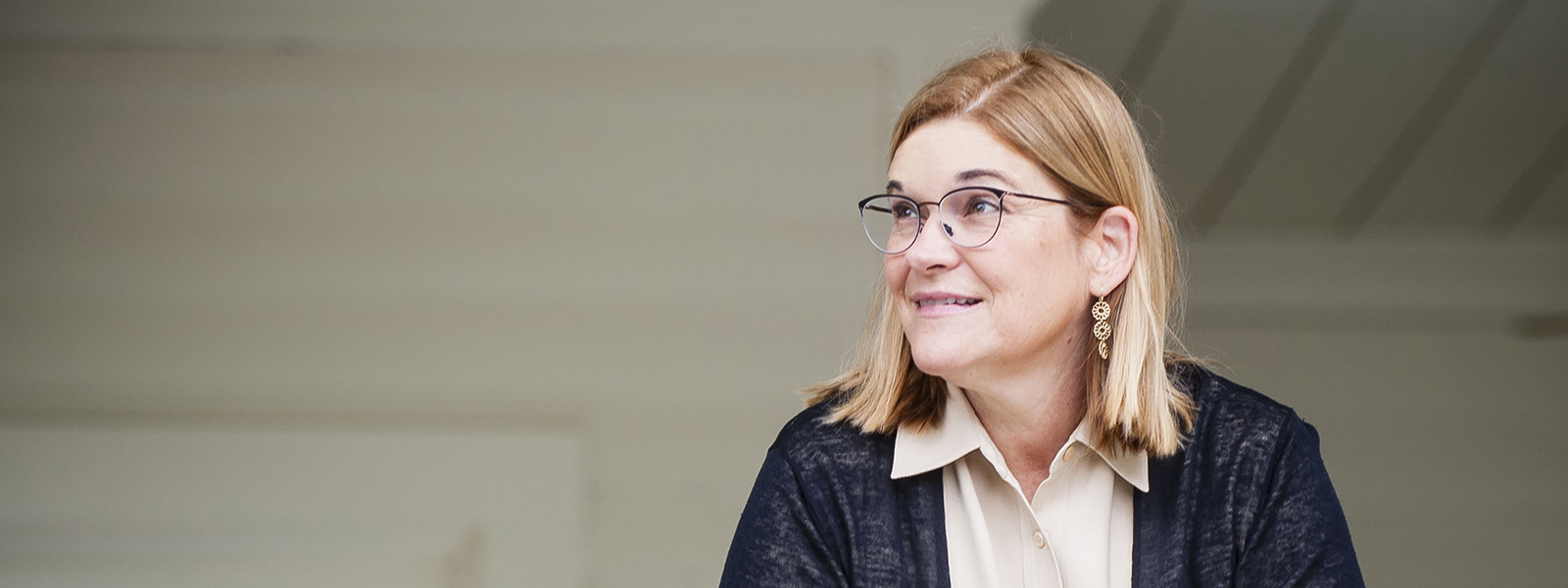The Artist as Leader: An Introduction
We’d like to start a conversation about how artists lead – through their creative practices and beyond.
Over the coming months the Kenan Institute for the Arts, through a series of interviews published here on our website, will invite artists with diverse careers and experiences to reflect on how the creative process has helped them develop attributes of leadership such as vision, empathy, authenticity, persistence, patience, as well as the ability to listen deeply and to empower others.
We’ll ask emerging and established artists to explore the mediums in which they work to help us create a better shared understanding of how the arts influence and shape our society.
We hope to draw on the experiences of those working in the field to further develop the opportunities we offer for artists to strengthen the impact of the arts through leadership, entrepreneurship and innovative creativity. We believe these experiences can inform our programming.
We also want to engage diverse leaders working beyond the arts to help identify where creative and artistic skills might translate to other settings. Professionals of all kinds — from the fields of business, medicine, law, education, social services and the nonprofit sector — lead and serve their communities in myriad ways, helping them to address the complex economic and social challenges of our times. Why aren’t more artists called upon to envision opportunities in economic and community development, urban planning and civic engagement? How about creative solutions to poverty and unemployment?
These are important questions for artists to answer. We have invited Rob Kramer of Kramer Leadership, which provides coaching and leadership training to a variety of social impact sectors, to serve as a guest expert to guide some of our discussions.
At the Kenan Institute for the Arts, we’re devoted to helping artists strengthen the impact of the arts through leadership, entrepreneurship and innovative creativity. We believe in enabling artists to be creative leaders who contribute to the economic and social well-being of our communities.
Ideally, this conversation will draw diverse voices, spur debate, inspire action and become a valuable resource for working artists and communities everywhere.
We hope you’ll join in the conversation.






